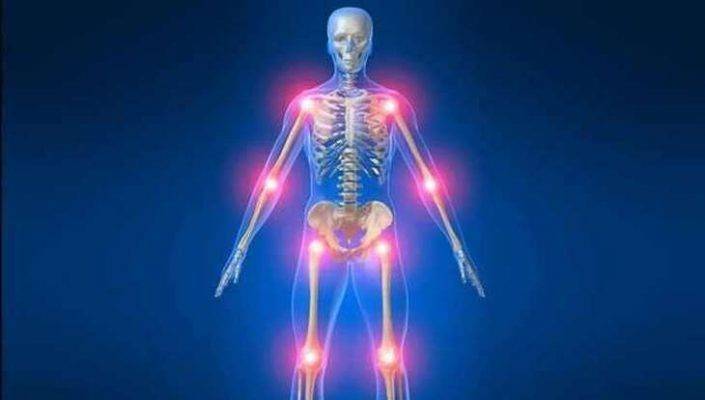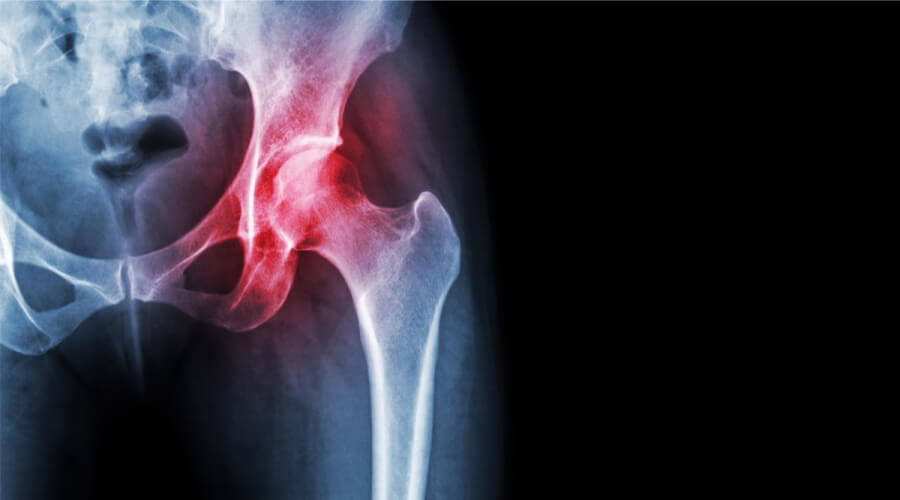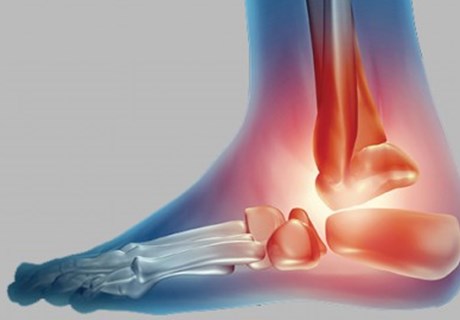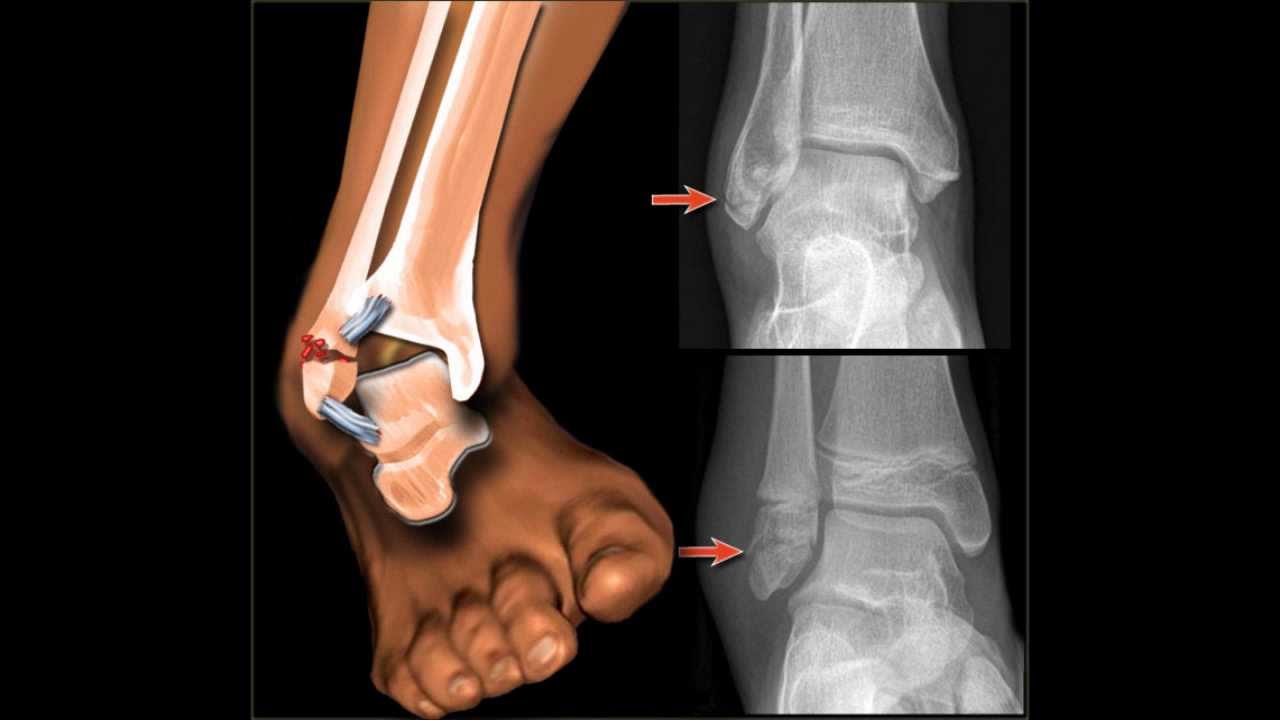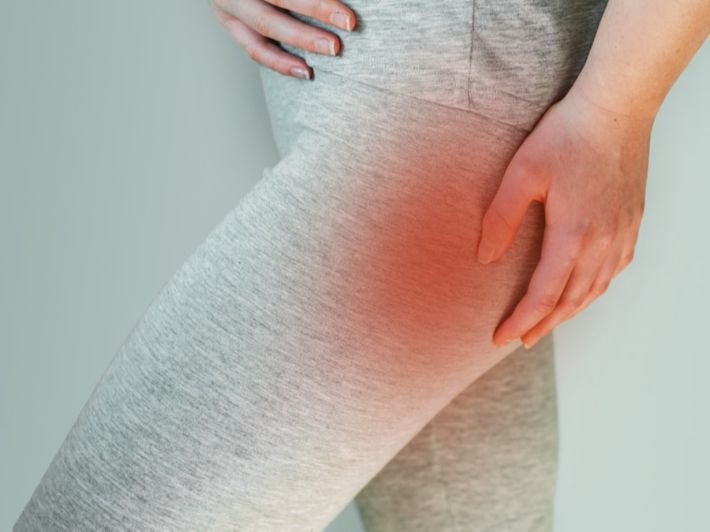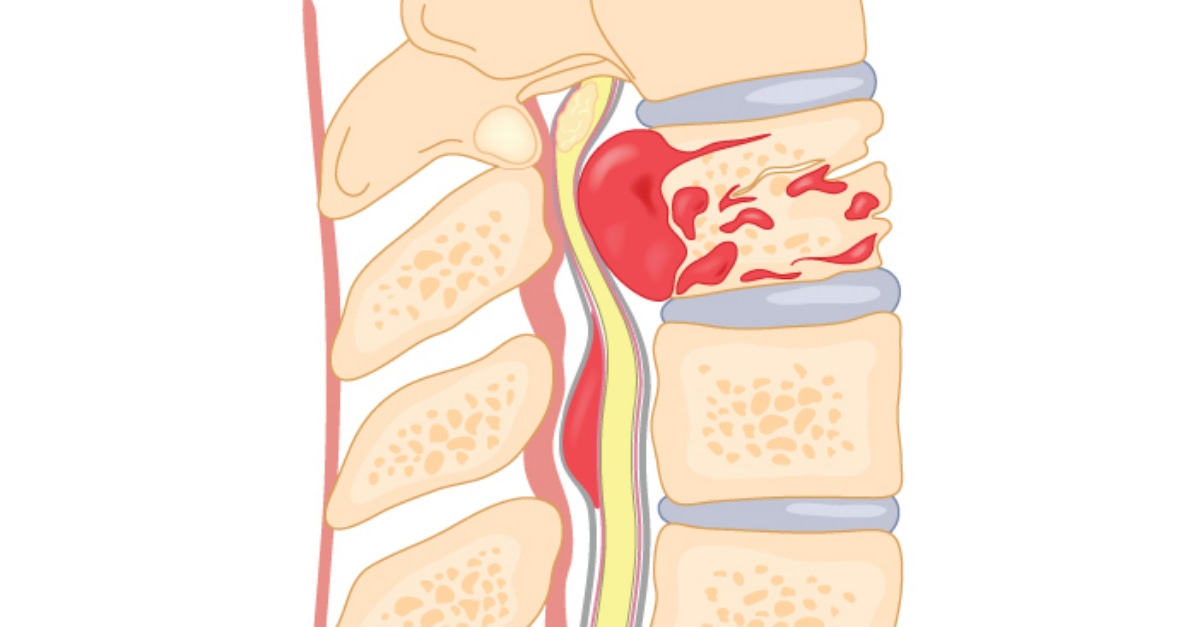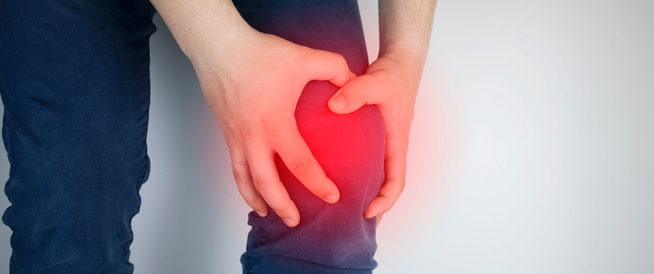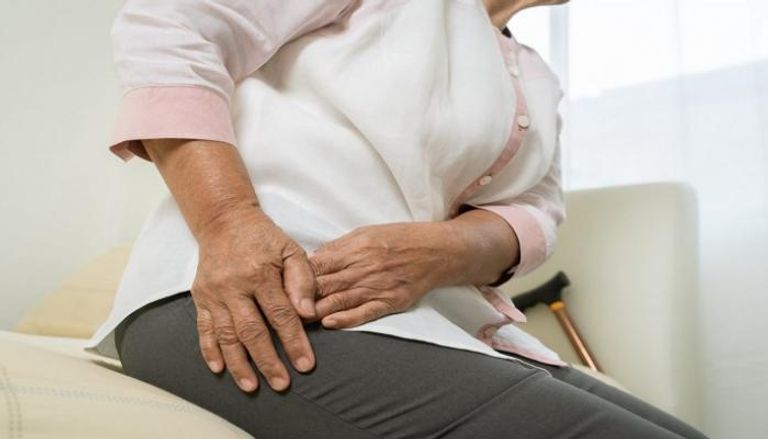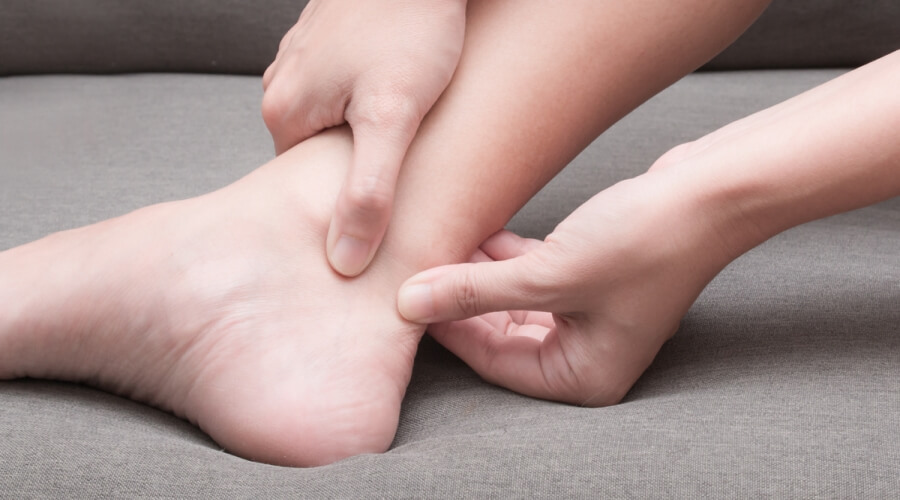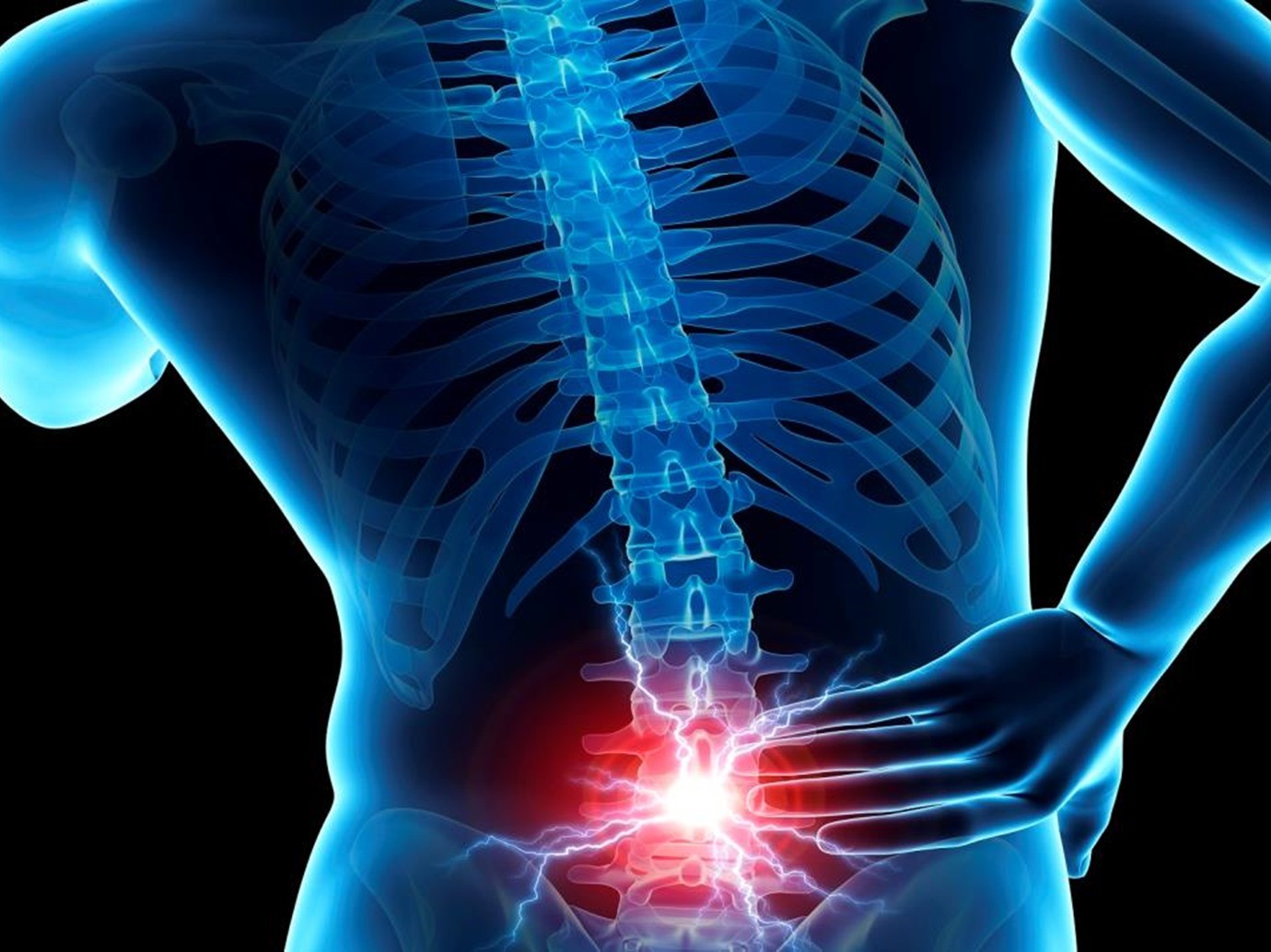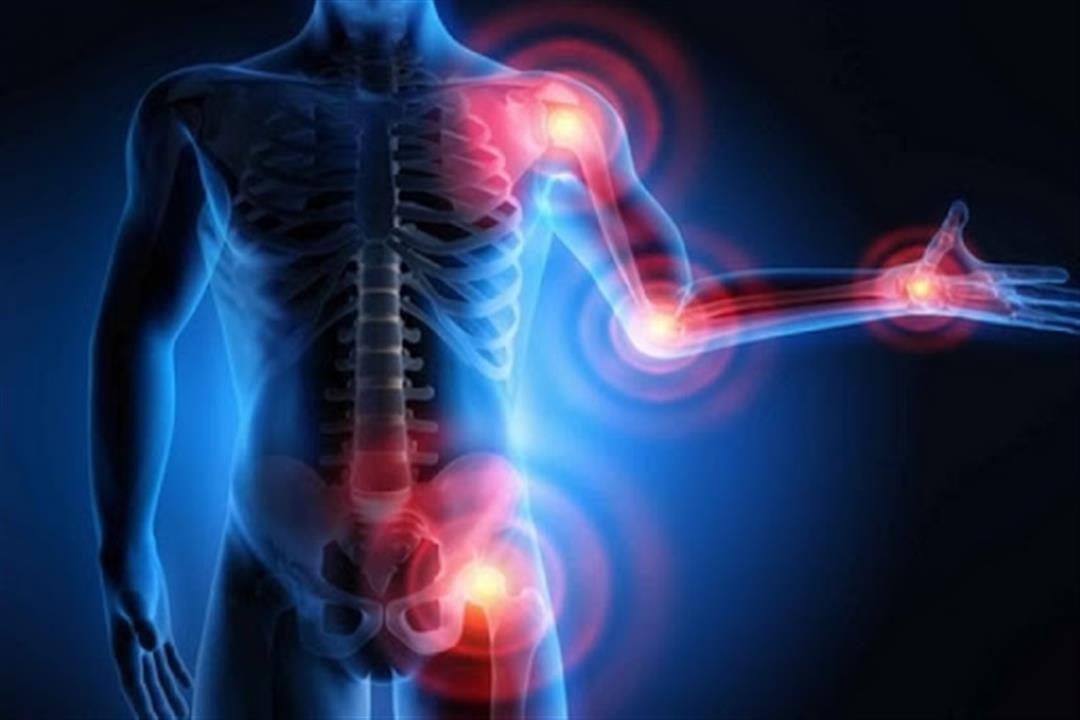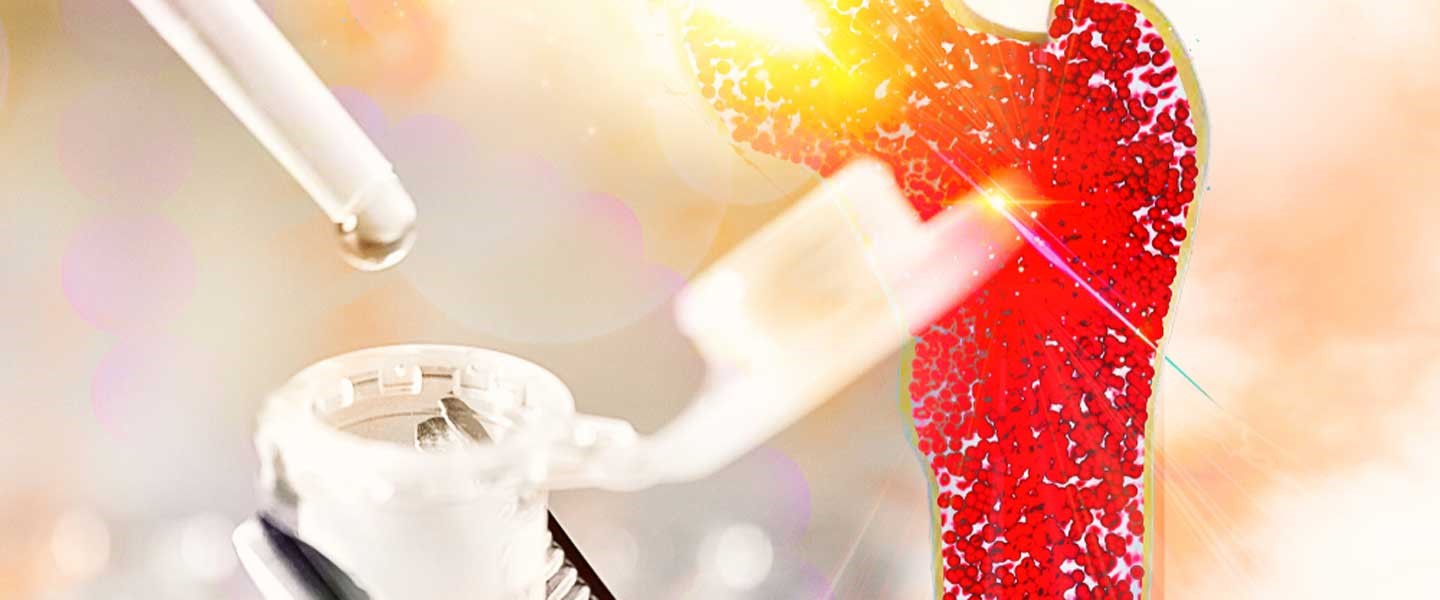Pain in the groin above the knee
Many reasons may lead to pain in the thigh above the knee or in any other area surrounding it, and to obtain the best medical care, a good diagnosis must be obtained. Follow the following article with us to learn how to infer some diseases from thigh pain and what it must do Do it as soon as you find out, let’s read the following.
Pain in the groin above the knee
When suffering from pain in the thigh above the knee, it is important to be aware of the causes leading to this to be able to know how to deal with it, and among the most known causes of thigh pain:
- Pinched Spinal Nerve: This is mainly as a result of slipping in the lumbar vertebrae or inflammation in the back joints, which causes pressure on the spine and is transmitted to the thigh, and the pain changes according to the movement of the spine, and among the symptoms that are associated with the pinched nerve are the presence of pain in the front and back of the thigh, a feeling of tingling and numbness in the thigh, weakness in the thigh muscles, and difficulty sitting or standing.
- Spinal stenosis: This occurs as a result of pressure on the spinal nerves, and its symptoms include feeling pain in the thigh and legs, numbness and numbness in the thigh, and this pain is present in both thighs at the same time, and the symptoms are more severe when standing or moving and decrease when sitting.
- Trauma: The pain that appears after exposure to an injury in the thigh is very clear and the pain is in the back and front of the thigh, and the pain is more intense the more the individual moves, and the appearance of symptoms is intermittent.
- Inflammation of the thigh muscles and quadriceps tendons: This is a result of constant stress, and the symptoms remain visible on the patient for a period of four to six weeks and then begin to gradually improve upon perseverance with the physical therapy exercises recommended by the doctor, and the pain extends from the front or back of the thigh until it reaches the knee or hip, and causes the inability to move freely.
- Iliotibial Band Friction Syndrome: It is irritation of the iliotibial band due to excessive use of the knee. The injury is the most common occurrence during running.
- Stroke: This is accompanied by some symptoms such as numbness and tingling that occurs in the thigh and sudden muscle weakness appears, and if these symptoms appear, you should go to the doctor immediately before having a stroke.
- Blood Clot: It occurs in the lower leg and thigh area and causes severe pain, and can be identified by observing the appearance of swelling and redness in the thigh area, and must be treated immediately before it reaches the lung and causes a fatal pulmonary embolism.
Treatment of the groin pain
The method by which groin pain above the knee is treated varies according to the severity of the pain and the symptoms that appear on the patient, and examples of treatment methods that are followed if the pain is mild:
- Heat therapy: Applying warm compresses to the groin area reduces the pain felt by the individual and helps stimulate the growth of blood circulation and facilitates the access of food and oxygen to the affected area, which enhances its recovery, and this is done for not less than 15 minutes.
- Ice therapy: Cold compresses that are placed on the thigh area when feeling pain help to calm down the swelling and inflammation that occurs in the thigh tendons, and this is continued for 20 minutes at a time.
- Physiotherapy: It plays a major role in strengthening muscles and bones and the ability to move well.
- Massage: Making some light movements in the affected area has a great role in improving blood circulation, which helps relieve pain.
Pain extending from the knee to the foot
Many causes of pain extend from the knee to the foot, such as suffering from narrowing of the dorsal vertebrae, herniated disc, or sciatica, and for this reason, it is better to go to the doctor to diagnose the condition well and provide the appropriate treatment for it, but if the pain is severe, then until going to the doctor, the patient can take Voltaren or Endoced with methylcobalamin every two days until reaching ten times.
Treatment of swelling of the thigh above the knee
When you suffer from swelling of the thigh above the knee, many methods can be followed to calm the swelling and reduce the severity of the pain, and here are some of them:
- When sitting and relaxing, you should be careful to raise the foot above the rest of the body, as this helps to greatly reduce inflammation.
- Do not over-rest to avoid stiffness and stay active from time to time.
- Avoid wearing tight clothes from the thigh to prevent increasing pressure on it.
- Take care to lose excess weight.
- Avoid standing or sitting for extended periods.
- Changing the dietary pattern and reducing the intake of foods that contain excess salts.
Treatment of swelling of the leg below the knee
Many methods help treat leg swelling below the knee, for example:
- Wear compression stockings.
- Raise the legs from the rest of the body level.
- Put Epsom salts in the bathtub and sit in it for 20 minutes.
- Make sure to eat foods that are rich in magnesium.
- Drink enough fluids throughout the day.
- Apply cold compresses several times a day to the affected leg.

